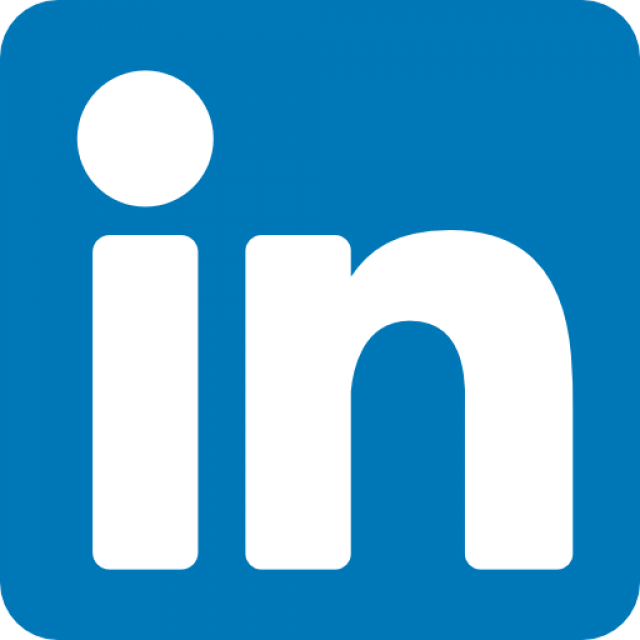Recycled Water
 All water is naturally recycled and
reused as part of the hydrologic cycle. Recycled
water is also produced by purifying wastewater for safe use in
drinking (potable) water and for non-potable uses such as
irrigation.
All water is naturally recycled and
reused as part of the hydrologic cycle. Recycled
water is also produced by purifying wastewater for safe use in
drinking (potable) water and for non-potable uses such as
irrigation.
Recycling wastewater provides a new, costly but renewable water resource that can bolster local water supplies, save energy and reduce the amount of sewage treatment plant effluent emptied into rivers and oceans.
California has been treating wastewater for reuse for decades to make the most of its limited water supplies. With nearly 40 million people and a warming climate, efficient water use is critical. Cities in Los Angeles, Orange, San Diego and Santa Clara counties have major wastewater recycling plants.
The Metropolitan Water District of Southern California and Los Angeles County Sanitation Districts are planning a $6 billion recycling project to add 150 million gallons of purified wastewater a day to Metropolitan’s water supply, enough for 1.5 million people. The agencies aim to complete the first phase of the project by 2032.
California recycled 716,819 acre-feet of wastewater in 2023, more than four times the amount estimated in 1970, according to the State Water Resources Control Board. The board aims to increase the statewide volume to 2.5 million acre-feet by 2030.
 Direct Potable Reuse
Direct Potable Reuse
To help spur progress, the State Water Board in December 2023 adopted a set of rules that for the first time allowed highly treated wastewater to be piped directly into drinking water supplies — a recycling method known as Direct Potable Reuse. Previous regulations permitted only Indirect Potable Reuse, meaning the wastewater — no matter how meticulously cleansed — had to spend time in a reservoir or an aquifer before it could flow to taps.
The new rules for Direct Potable Reuse, which took effect in October 2024, require many steps to remove chemicals and pathogens that remain in sewage after it has already undergone traditional treatment, as described by CalMatters’ environment reporter, Rachel Becker:
“It is bubbled with ozone, chewed by bacteria, filtered through activated carbon, pushed at high pressures through reverse osmosis membranes multiple times, cleansed with an oxidizer like hydrogen peroxide and beamed with high-intensity UV light. Valuable minerals, such as calcium, that were filtered out are restored. And then, finally, the wastewater is subjected to the regular treatment that all drinking water currently undergoes.”
Non-Potable Uses
Beyond drinking water, cities, farms and industries use recycled water as an alternative for a wide variety of uses, including:
- Landscape and crop irrigation
- Stream and wetlands enhancement
- Industrial processes
- Recreational lakes, fountains and decorative ponds
- Toilet flushing and greywater applications
- Replenishing groundwater
The extent of treatment —secondary, tertiary or advanced — depends on the wastewater’s quality, intended uses and state laws.
Updated November 2024










